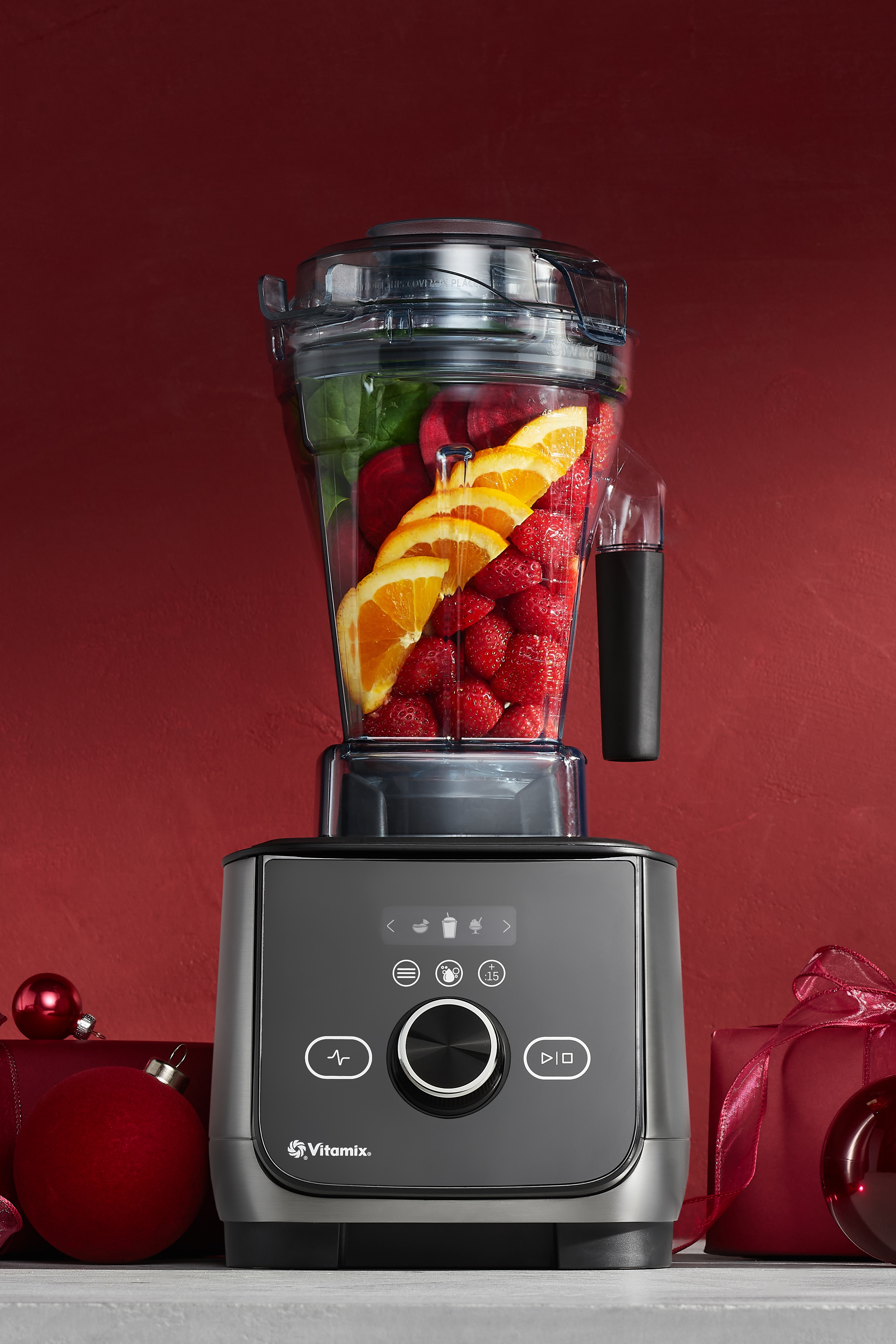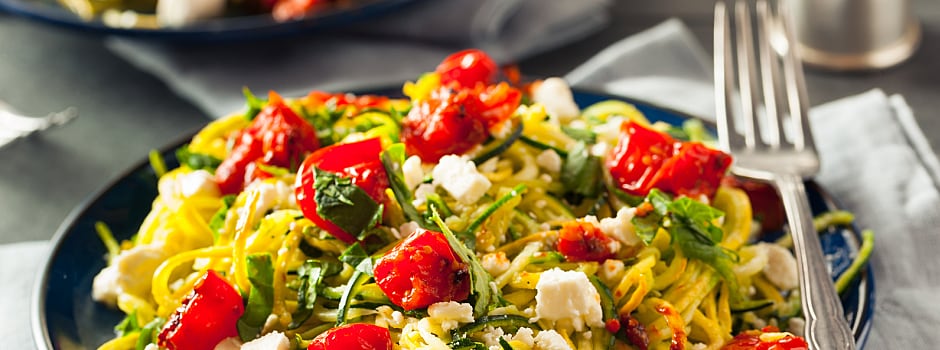Food trends move fast, especially when it comes to eating healthier. Even one of the most classic comfort foods, pasta, is now commonly made in a healthier way. Zoodles (zucchini noodles) and other vegetable pastas are trendy, healthy substitutes for traditional wheat pastas. Here's what you should know about this recent food trend, plus some tips for making the shift.
Why Spiralize?
Everybody loves pasta, but they don't always love the ramifications of eating too many carbohydrates. Spiralized veggies are gluten-free and grain-free, which means they're far better for your waistline. Fiber-rich veggie noodles fill you up quickly, have fewer calories, and deliver a ton of essential daily nutrients that many Americans don't get enough of. Plus, they create a feast for the eyes as well as the taste buds.
Making veggie pasta at home is simple. You can buy an affordable handheld or tabletop spiralizer, and then use it to churn out a variety of pasta shapes. Use these veggie noodles for meals that usually feature heavier carbohydrates like rice or pasta.
5 Veggies to Try
Are you ready to get spiralizing? Try any of these vegetables to get started.
Zucchini
Zucchini is the most popular vegetable to spiralize because it holds its shape well and can be made into long spaghetti strands (zoodles) or spiralized into thin ribbons like a lasagna pasta. A zucchini boasts 261 milligrams of potassium and 200 IU of vitamin A, plus calcium, magnesium, and phosphorous.
Carrots and Butternut Squash
Though they have wildly different textures, the sweetness of carrots and butternut squash makes them both excellent "pasta" bases for tangy sauces. Try either with a classic tomato sauce, sliced lemon chicken breast, and sautéed veggies. Since carrots and butternut squash are both carotenoids, they're full of antioxidants your body will love. Both are full of vitamin A, which is vital for bone growth, reproduction, and immune health.
Parsnips
Parsnips contain potassium, phosphorus, magnesium, vitamin C, and folate, an essential B vitamin that keeps your nervous system and adrenal glands (which produce all kinds of important hormones for the body) humming along nicely. Bon Appetit magazine recommends using smaller parsnips; although larger ones make prep easier, they tend to be woodier and tougher instead of sweet and tender. Don't bother peeling them, though—especially if you buy an organic version.
Parsnips hold up well when cooked, so feel free to boil them or add them to a stew with lots of herbs, spices, garlic, and a protein of choice. Or try spiralizing and roasting them with other veggies. In Britain, you'll even find this root veggie in breakfast foods and desserts; BBC Good Food recommends a parsnip hash browns recipe, as well as a parsnip and maple syrup cake.
Rutabaga
It's off the beaten path for sure, but this cross between cabbage and a turnip should have a place in your weekly menus. Rutabaga is less bitter than turnips, and when cooked, it mellows out beautifully. The Kitchn says it's like a golden potato without the heaviness. So if you're cooking a rich sauce, like a mushroom Alfredo, rutabaga can balance that sweet, earthy flavor well. To prepare a rutabaga, peel and spiralize it like any other veggie. This adventurous vegetable contains calcium, potassium, and other essential minerals.
Now that you know about the simple process of spiralizing veggies, you can get creative the next time you're craving a pasta dish. Subbing in zoodles or other veggie pastas could mean better health and wellness for you and your family—so get yourself a spiralizer and eat up!
Related Articles

Miracle Noodles: What's with the Hype?
Miracle noodles, which are gelatinous Japanese noodles that resemble pasta, are quickly moving into the mainstream. Here's what you should know.



